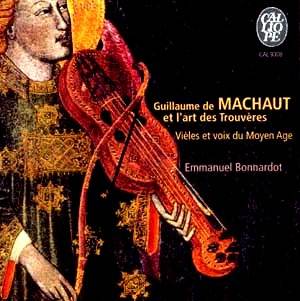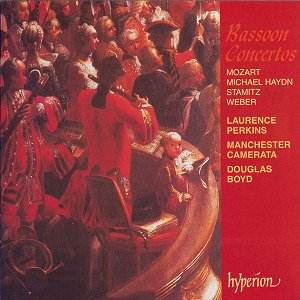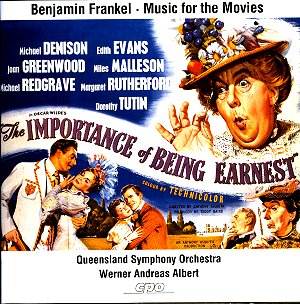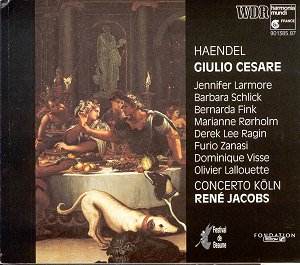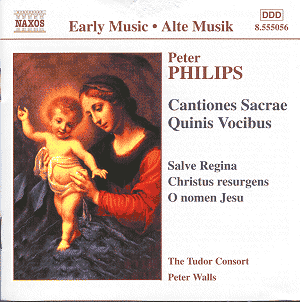 Composer: Peter Philips
Composer: Peter Philips
Works: Cantiones Sacrae: Salve Regina, Christus resurgens, O nomen Jesu
Performers: The Tudor Consort, directed by Peter Walls
Recording: August 1999, Chapel College, Island Bay, Wellington, New Zealand
Label: NAXOS EARLY MUSIC SERIES 8.555056
Peter Philips, a pivotal figure of the late Renaissance, remains an enigmatic presence within the choral canon, overshadowed by the more celebrated William Byrd. Active during the complexities of the Counter-Reformation, Philips’s works encapsulate the transition from stricter polyphonic traditions to a burgeoning emotional expressiveness that heralds the early Baroque. His Cantiones Sacrae, recorded by The Tudor Consort, illustrates this evolution vividly, presenting a compelling case for Philips’s recognition in the pantheon of sacred music composers.
The performance of these five motets reveals The Tudor Consort’s deep affinity for Philips’s intricate vocal textures and the nuanced emotional landscapes they evoke. Under the expert direction of Peter Walls, the ensemble exhibits a commendable blend of precision and expressivity. Their interpretations are marked by a keen awareness of the textural interplay, where each voice contributes to a rich tapestry of sound. Notably, the Salve Regina showcases the choir’s ability to navigate the intricate imitative counterpoint with remarkable clarity, allowing the listener to appreciate the subtlety of the word painting that Philips employs. The declamatory passages emerge with a rhetorical fervor that invigorates the sacred text, while the independent thematic developments are meticulously enunciated, ensuring that Philips’s intricate polyphony remains accessible.
Technically, the ensemble’s performance is exemplary, with each voice part displaying a commendable blend of individual character and cohesive ensemble sound. The soprano lines soar with a radiant luminosity, particularly evident in O nomen Jesu, where the high tessitura is handled with both agility and warmth. The basses provide a solid foundation, grounding the ethereal upper voices, while the inner parts weave a complex yet coherent narrative. The recording quality is equally praiseworthy; the acoustic environment of the Chapel College enhances the clarity of the voices without succumbing to excessive resonance. The engineering captures the spatial dimensions of the performance, allowing the listener to engage fully with the interplay of voices.
Comparatively, Philips’s Cantiones Sacrae stands alongside Byrd’s works not merely as a counterpart but as an essential exploration of the emotional spectrum available in sacred music during this era. While Byrd’s compositions often convey a more introspective quality, Philips’s motets pulse with a dynamic energy that reflects the shifting cultural landscape of his time. This recording not only rescues Philips’s music from relative obscurity but also establishes it as essential listening for those seeking a deeper understanding of the late Renaissance choral repertoire.
The Tudor Consort’s interpretation of Cantiones Sacrae is a profound testament to Peter Philips’s artistry, marking it as a significant contribution to the early music discography. This recording is not just a retrieval of historical repertoire; it is an invitation to experience the emotional depth and intricate craftsmanship that Philips offers, deserving of a prominent place in the collections of early music enthusiasts and scholars alike.
